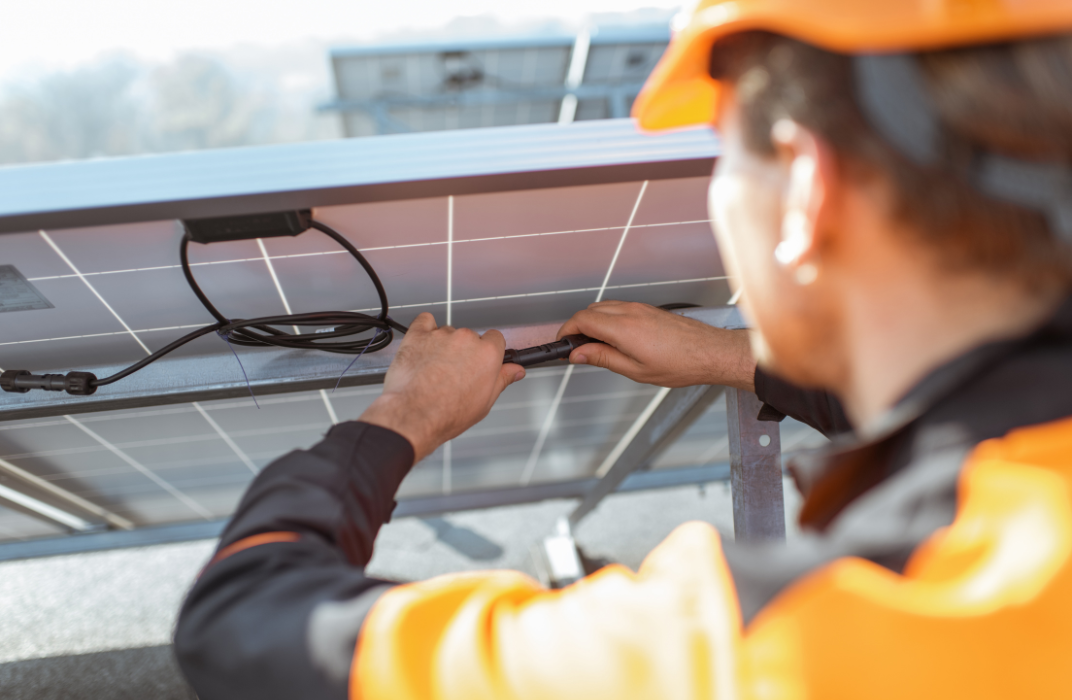
It’s a situation we’re seeing more often across the industry: a customer needs support – a repair, a warranty claim, a panel check after a storm – and suddenly realizes their original installer is out of business.
Whether it’s a homeowner or a commercial client, they’re left wondering who to call, what’s still covered, and what comes next. That’s where you come in.
As a solar professional still standing strong in this ever-shifting industry, you have a real opportunity: not just to win business, but to build trust.
1. Know What Warranties Still Apply
Most system owners don’t realize their setup came with multiple warranties:
- Product and performance warranties (usually from the panel and inverter manufacturers)
- Labor/workmanship warranties (from the original installer)
- Third party insurance (third party insurance that you purchase from the installer to cover your system)
If the installer’s gone, the manufacturer warranties may still be in effect, especially if the equipment came from a stable, U.S.-based company like Mission Solar Energy.
We handle warranty claims directly and stand behind our 25-year product and performance coverage. No middleman required. Please see our website for details regarding our warranty.
2. Identify the Equipment
Start with the basics:
- What modules and inverters are in use?
- Are there serial numbers or labels available?
- Can you confirm the model numbers?
- Do you have the capability to capture power performance or report error messages?
For commercial systems, this step is even more important, especially when incentive eligibility or BOM tracking is involved.
If the system includes Mission Solar Energy modules, we’re happy to help confirm warranty coverage and provide documentation.
3. Offer a Clean Transition
For the system owner, whether it’s a homeowner or a facilities manager, the goal is clarity and a path forward. You can offer:
- A one-time system inspection
- Help understanding which warranties still apply
- Basic documentation and serial number collection
- A straightforward repair or service agreement
For commercial clients, that might also mean re-commissioning, performance reporting, or O&M planning.
4. Help Them Get Organized
Encourage clients to gather and document:
- Photos of visible damage (hail, cracks, corrosion, etc.)
- Panel serial numbers (label photos are best)
- Original installation paperwork or invoices
- Timeline of events (especially if tied to a storm or known issue)
A little legwork upfront saves time on the back end, especially when helping file warranty claims.
5. Be the Local Expert
More system owners, especially commercial clients, are looking for someone reliable who won’t ghost them. This is your moment to show what long-term support looks like.
A few ways to stand out:
- Become a manufacturer-referred pro for warranty and service work
- List “installer-of-record” transfer services on your site
- Create a dedicated page for “solar system rescue” or repair takeovers
- Offer a free check-up to start the relationship
Mission Solar Energy refers trusted partners for on-the-ground support. Want to be added to our list? Let’s talk.
Final Thought
Helping someone clean up a mess left by a disappearing installer might not be the most glamorous job, but it’s one of the most important. It builds trust. It opens doors. And it positions your business as one that’s in it for the long haul.
If you’re supporting a customer with Mission Solar Energy modules, or would like to, we’re here to back you up.
Access warranty resources here missionsolar.com/warranty-claims
Interested in learning more about our referral network? Email us here
